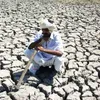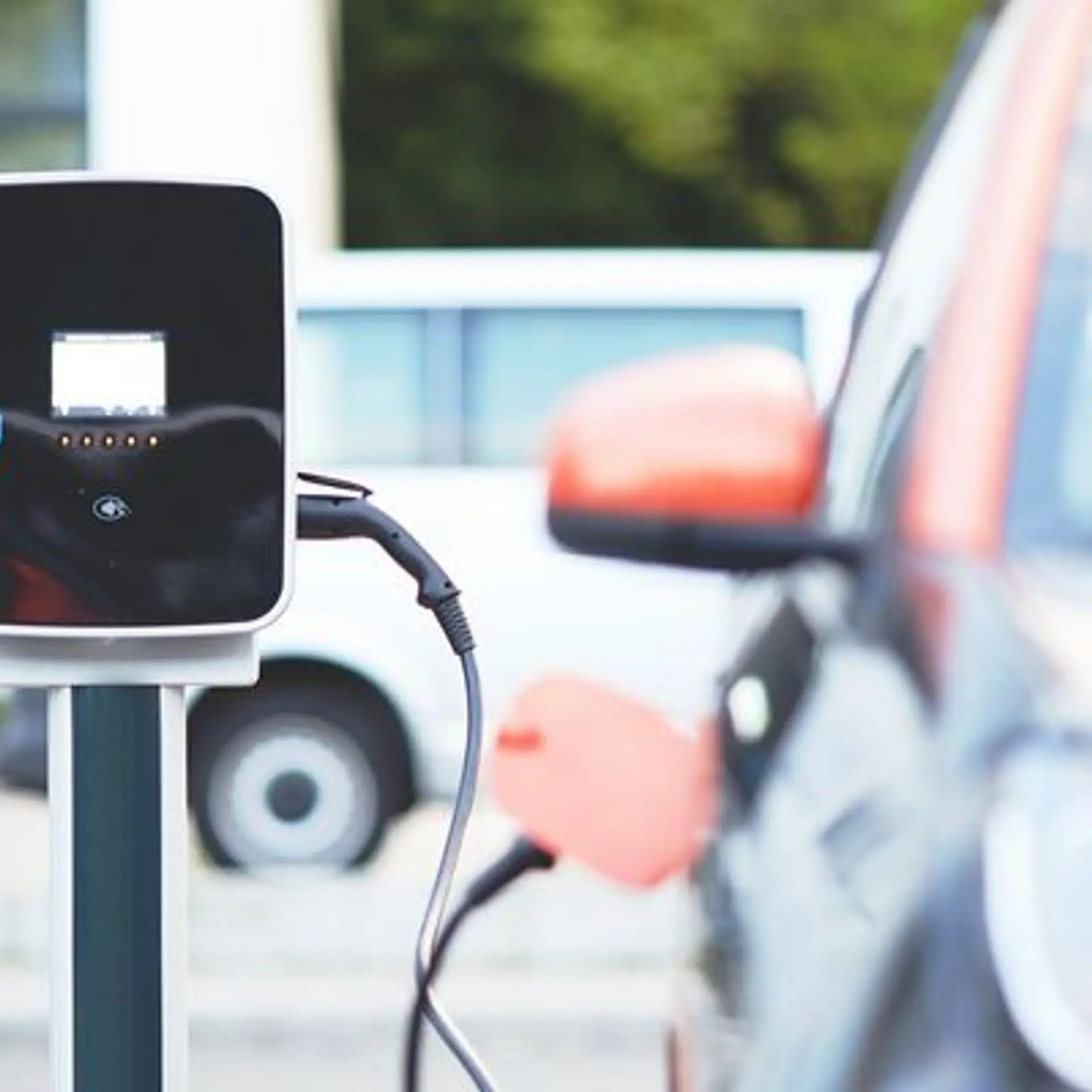How Jal Jeevan Mission 2.0 can make India a water-rich country
The Jal Jeevan Mission will provide safe drinking water through faucet lines to over 2.86 crore urban households in India.
Union Budget 2021 can be put in three words – reinforce, reinvigorate, and restart. Finance Minister Nirmala Sitharaman and team have delivered a highly-anticipated budget in unprecedented times. After the industry and commerce faced massive jolt due to the COVID-19 pandemic, the country’s growth levers had to be set back in motion.
Though the high fiscal deficit would be a worry for many, however, these uncertain times call for high government spending. The finance minister has ensured capital allocation towards social welfare schemes, health sector, aspirational India, and good governance.
Amongst the reforms announced by the Finance Minister, one of them is the Jal Jeevan Mission. The Jal Jeevan Scheme was proposed in the Union Budget with an outlay of Rs 2.87 lakh crore for 4,378 urban local bodies. A part of ‘Swachch Bharat 2.0’ and an extension of the Centre’s rural water supply project launched in 2019, the Jal Jeevan Mission will provide safe drinking water through faucet lines to over 2.86 crore urban households in India.
Jal Jeewan Mission – A brief timeline
The water crisis in India is not only alarming but also heartbreaking. For a country surrounded by water on three sides, over 600 million people annually face extreme water stress and its consequences on health and gender issues.
Consequently, conceding to the plight of its citizens, the government launched several programmes to connect every household in the country with safe drinking water. The Jal Jeevan Scheme (Urban), 2022 is one such attempt.
When the ‘Swach Bharat Abhiyaan’ was launched, the government’s primary objective was to build adequate health and sanitation facilities for every household in rural India. While this project was declared a success in 2019, providing safe drinking water should not only be the next big agenda on the list but is also the need of the hour.
However, if the data provided by the Ministry of Jal Shakti is to be believed, the Jal Jeevan Mission (Rural), 2019 has only been able to cover 34 percent of the targeted households.
Embryonic triumph and the road ahead
Even with its 34 percent success rate, the rural Jal Jeevan Mission impacted lives in more way than can be quantifiable. From providing free access to water resources, the scheme also educated people on how to conserve and nurture this gift.
Nevertheless, a roadmap for the policy’s success cannot be laid out without analysing the roadblocks. In the case of the Jal Jeevan Mission (JJM), the primary causes can be attributed to
- Slippages
- Errors in appropriate treatment of water
- Lack of community involvement
‘Slippages’ in implementation are caused when a particular area has been provided with access to the facilities of the JJM, nonetheless, it cannot be sustained due to factors like the groundwater drying up or the lack of maintenance.
We must be cognizant of the fact that we can distribute what we have, so protecting water catchments and keeping the water availability at high levels has to be integral to the success of the delivery of piped water to every household.
Therefore, to ensure that the Jal Jeevan Mission of 2021-2022 is implemented successfully, here are some of the areas that the policymakers should keep a hawk’s eye on:
Community integration
Local communities, especially women-led movements, play a pivotal role in promoting safe practices to conserve and use facilities. In rural areas, most households are run by women. Hence, by educating them about safety measures, one can ensure that the benefits of JJM reach the grassroots.
Treatment of wastewater
Policymakers at the local level should implement policies for the treatment of wastewater and faecal sludge. If not treated properly, faecal sludge ends up contaminating the drinking water, thus rendering even the clean water useless.
Recharging reservoirs
Further, in areas that rely on groundwater for their consumption needs, adequate arrangements should be made for recharging and maintaining reservoirs. This should mainly be done in states that are affected by droughts or whose groundwater resources have visibly depleted.
This has huge implications to attendant issues like the protection of sources like forests, glaciers etc given the attempts to destabilise water security through illegal sand mining, construction on river banks, large dams etc.
Regular maintenance and assessment
The facilities provided to citizens will be redundant if not maintained regularly. The ministry responsible for providing access to these water resources should ensure taps, faucets, and any other allied machinery is regularly maintained and kept in the best of condition. Thus, avoiding any chances of slippages and making this movement more effective.
Creative use of structured multistakeholder funding instruments
There are many outcome-based funding instruments like Development Impact Bonds that should be encouraged. Government funding to infrastructure, however small, must be in the capacity of an outcome funder and the private sector can be roped in to be a part of the consortium of outcome and risk investors.
Water exchanges
There was talk sometime back to roll out a concept of water exchanges on the lines of the stock exchange to create a value to the resource based on demand and supply.
It would mean allocating water pools to high usage sectors like industry, households, agriculture etc, and then seeking to price the sale or purchase of the resource. All users must also understand the need to value this extremely precious resource.
Inter-ministerial coordination
It also requires coordination among many ministries, including Environment, Water Resources, Soil and Water Conservation, Agriculture, and Jal Jeevan Missions.
The Jal Jeevan Mission is an ambitious project launched by Prime Minister Narendra Modi to ensure that every citizen of this country has access to safe and clean drinking water. While it is understandable that for a country this vast, the scale of the implementation is huge and the galvanising of resources is significant, there is no question that this has to be done.
Also, what we really need here is not budgetary allocations but better organisation and implementation on the ground. To ensure that this Jal Jeevan Mission sees success in its second attempt, policymakers have to implement stricter norms on the ground level and keep a watchful eye on project timelines.
For YourStory's multimedia coverage of Budget 2021, visit YourStory's Budget 2021 page or budget.yourstory.com.

Edited by Kanishk Singh
(Disclaimer: The views and opinions expressed in this article are those of the author and do not necessarily reflect the views of YourStory.)








